Interfacing Blog Posts
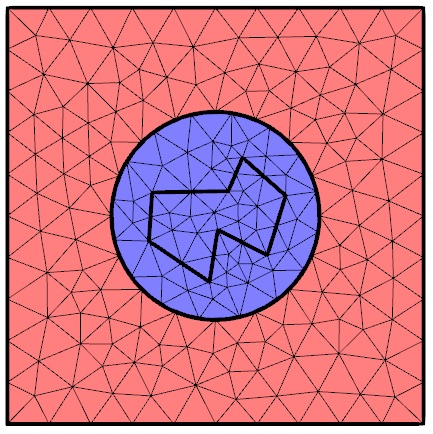
Deformed Mesh Interfaces: Rotations and Linear Translations
Using the finite element method often involves modeling solid objects that are rotating and translating within other domains. See how to use the deformed mesh interfaces to model these movements.
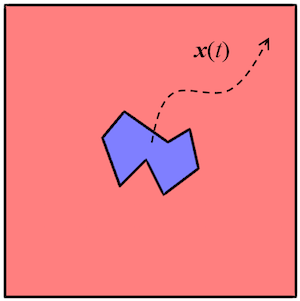
Model Translational Motion with the Deformed Mesh Interfaces
2 interfaces for manually defining the deformation of finite element mesh: Deformed Geometry and Moving Mesh. Learn when and how to use each in this blog post…
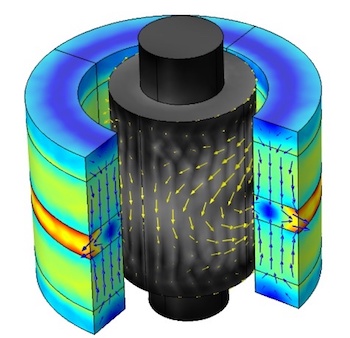
How to Model Magnetic Bearings in COMSOL Multiphysics®
Get an in-depth introduction to the different types of magnetic bearings and then learn how to compute their magnetic force, torque, magnetic stiffness, and more.

Which Module Should I Choose for Working with My CAD Data?
We go over which add-on module or LiveLink™ interfacing product is best for your modeling scenarios involving CAD data. Get a comprehensive overview here.

Bringing Multiphysics into Architecture
From the Sydney Opera House in Australia to the Vdara® hotel in Las Vegas, we discuss the potential applications of simulation for architectural development and introduce LiveLink™ for Revit®.
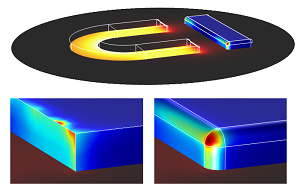
Fillet Away Your Electromagnetic Field Singularities
Did you know that you can use fillets and chamfers in your electromagnetics models to avoid electromagnetic field singularities? Learn how in this tutorial blog post.
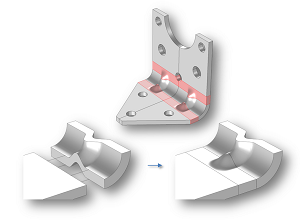
Introducing the Design Module
The Design Module has specialized features for advanced geometry modeling, including the ability to create fillets on 3D designs or generate shell approximations of imported geometric objects.
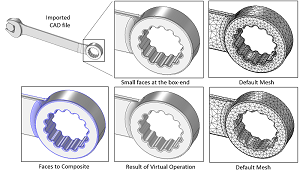
Using Virtual Operations to Simplify Your Geometry
CAD geometry: A set of data structures that provide a very precise method for describing the shapes of parts (called boundary representation, or B-rep).
